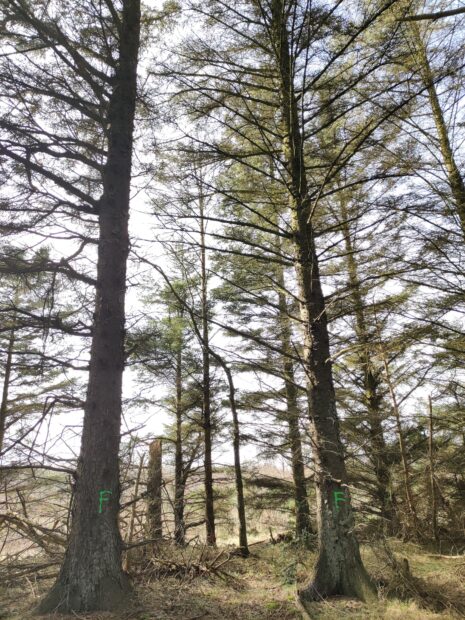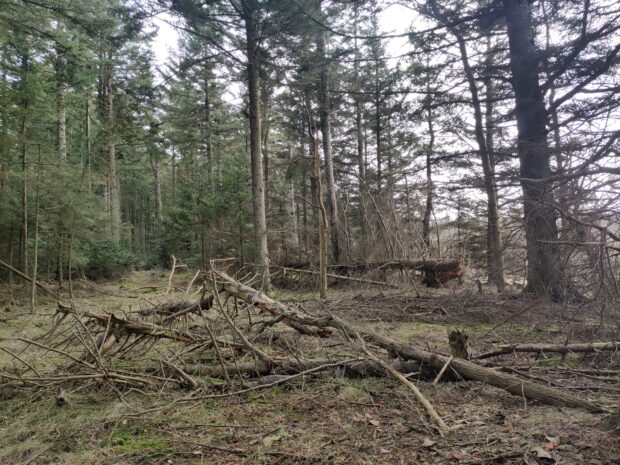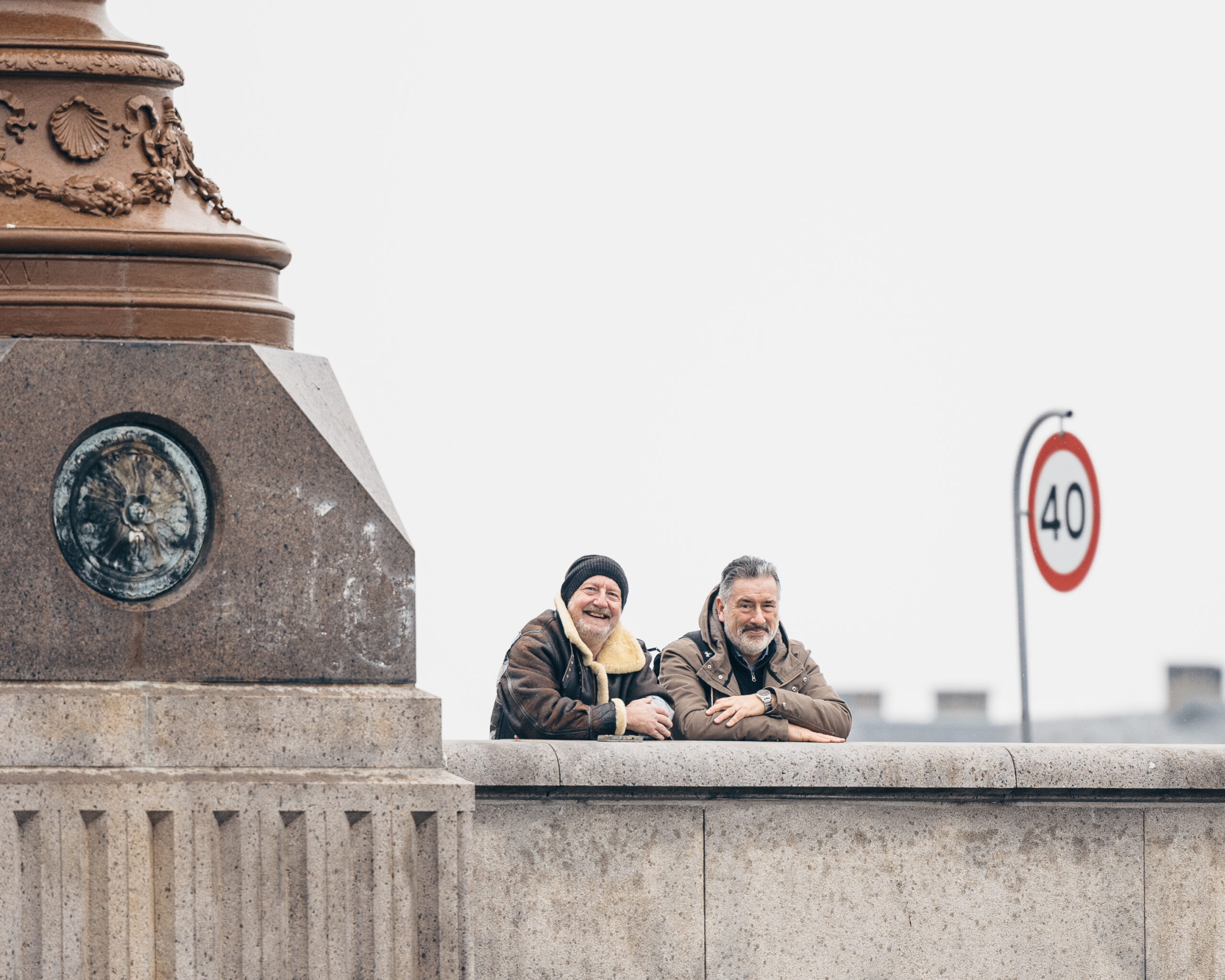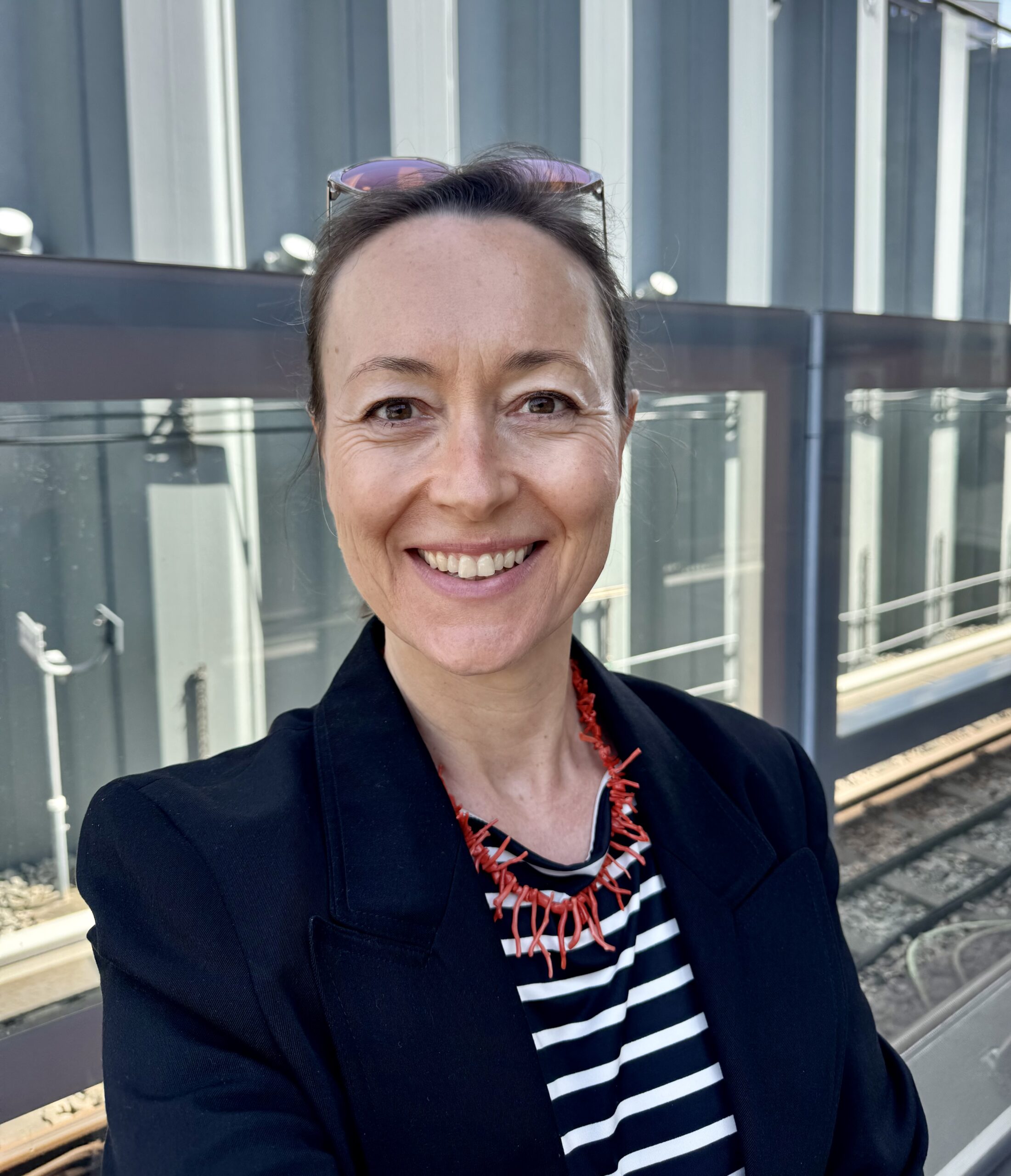An unsettling scene is unfolding within a 120-hectare area inside Thy National Park, an expansive natural gem on the northwest coast of Denmark’s Jutland peninsula.
Heavy machinery is felling century-old giants. Trees are being torn down. The forest floor is being dug up. Damaged trunks lie, piled high atop one another, in layers.
This orchestrated chaos is the handiwork of none other than Naturstyrelsen, also known as The Danish Nature Agency, in collaboration with the European Forest Institute (EFI).
Paradoxical as it may sound, the chief aim of this destruction is to restore the forest by revitalising its biodiversity.
To understand why, you must understand the history of this land.

Wind, water and pine trees
Thy’s landscape is characterised by vegetation-covered dunes and orderly pine tree groves. But this wasn’t the case just two centuries ago.
Previously, the landscape was harsh and barren, dominated by sandy dunes and strong winds from the North Sea. These winds would often carry sand and bury entire villages.
The region was also dotted with numerous water bodies, a legacy of the last ice age, which resulted in post-glacial rebound—where land slowly decompressed and rose after the retreat of the ice sheet, forming lakes and ponds in the depressions.
Historically, pine trees were scarce in Denmark. But in the 1800s, pine species imported from North America and other European regions like Austrian pine and Sitka spruce were planted in large numbers to stabilise the dunes and mitigate sand drift. These pine species also boosted the local economy with timber.
As a result, settlements became more permanent, and agriculture expanded. Natural lakes were drained into the sea to reclaim land for agriculture, and dunes were flattened.
Over time, this led to the transformation of the landscape, with pine tree plantations and farms replacing natural water bodies amid undulating vegetation-covered dunes.

Loss of biodiversity
An adverse effect of human intervention in Thy has been the loss of biodiversity, mainly caused by the introduction of non-native pine tree species.
They proliferated in the forests, resulting in a decline in forest cover under native broad-leafed tree species like oak and beech. Today, non-native pine tree species comprise over fifty percent of the forest area in Denmark.
While visually appealing, these meticulously planted pine groves lack the ecological richness and complexity of natural forests.
Natural forests support diverse habitats due to the random growth of diverse tree species, fostering rich biodiversity, from birds and animals to fungi and lichens. In natural forests, the cycle of tree decay sustains a diverse ecosystem.
Fallen trees create habitats for insects and microbes, vital components of the forest ecosystem. Native tree species like oak contribute significantly more to biodiversity than non-native pine trees.
Making forests “more natural”
The SUPERB initiative, a EUR 20 million project under the EU Green Deal and led by the EFI, spearheads the restoration of degraded forest landscapes across 12 large demo areas in Europe, including 120 hectares in Thy National Park.
Here, the EFI in collaboration with Naturstyrelsen endeavours to transform the existing monoculture pine plantation landscape into a vibrant natural forest brimming with diverse flora and fauna.
They are implementing several strategic measures:
1. Selective deforestation: A few dominant invasive pine species, such as Sitka spruce and Contorta pine, are being systematically removed to create space for native tree species. This will give the native trees a chance to expand and multiply and enhance forest biodiversity – essential to improving climate change resilience.
2. Mimicking natural disturbances: Recognising the vital role of natural disturbances in shaping forest ecosystems, deliberate tree damage called “veteranisation of trees” is employed to emulate the effects of natural processes. This approach creates habitats essential for diverse organisms and contributes to the overall resilience and sustainability of the forest.


3. Reviving hydrology: Lost lakes and ponds are reclaimed by deliberately closing drainage channels, allowing natural water bodies to re-establish themselves. This helps to improve amphibian and insect diversity.
4. Developing ‘light open areas‘: ‘Light open areas’ are open corridors interspersed with native trees to facilitate sunlight penetration and promote the dispersal of flora and fauna.
Community involvement and dissenting voices
The reforestation efforts in Thy, including the removal of Sitka spruce trees, are bound to alter the forest landscape and may even make some areas inaccessible for nature lovers. This has irked some locals.
Agnette Stovgaard, a 78-year-old resident of Hanstholm, is unhappy that Naturstyrelsen is chopping down the Sitka, which holds strong cultural significance locally.
Stovgaard said, “Sitka has been outright condemned as an invasive species. I hope the removal of Sitka stops. Although it can be removed from the forests, it cannot be removed from the minds of the locals. Its life-supporting functions in breaking the salty winds and providing food for red deer cannot be underestimated.”

Pia Slot, another local and a fierce critic of the SUPERB project said, “[Naturstyrelsen] must stop talking down to the locals and find new ways to communicate and have a dialogue. The whole idea of reforestation and rebuilding the forest is unclear. The Sitka trees are an important part of the forest for the locals. We’ve grown up spending time here. People think we have a lot of trees, butterflies, and bees, so what’s the need for altering the forest? People feel that the reforestation is being forced on them. When something is forced, people will resist.”
Cornelia Maj Christensen, a biologist at Naturstyrelsen and Project Leader for the SUPERB project in Thy, stresses that despite the land being government-owned, the agency regularly engages with the local community members and considers their feedback.

A bright and biodiverse future
The reforestation project supported by SUPERB has already seen results.
The project helped Naturstyrelsen to conduct a baseline study of the demo area, resulting in the identification of diverse flora and fauna, including rare orchids and fungi.
A particularly striking outcome has been a steep increase in recordings of pond bats, listed as Near Threatened by the IUCN.
The project comes to an end next year, leaving Naturstyrelsen and EFI with a lot of valuable lessons.
Christensen said, “insights from this initiative hold promise for broader forest habitat restoration efforts in Thy and Denmark at large. This includes a ‘toolbox’ of novel management practices and the potential integration of these practices into national ‘best practice’ guidelines and regulatory frameworks.”












